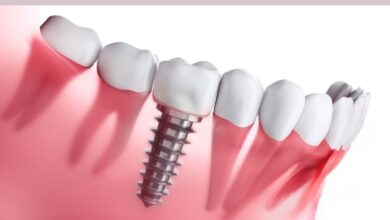How to Manage Cholesterol Levels

Cholesterol is a fat-like substance that is found in the blood, and it plays an important role in the body – it helps the liver manufacture hormones and build cell membranes. High cholesterol, however, can be a major health issue, leading to serious conditions such as coronary artery disease, stroke, and heart attacks. It’s important to understand what cholesterol is, what can cause high cholesterol, and how to lower your risk of developing it. Here we’ll discuss the basics of high cholesterol, including identifying it, understanding the role of exercise and diet, recognizing the signs of low cholesterol, understanding risk factors for high cholesterol, and preventing it with medication.
Identifying High Cholesterol
Most people don’t know they have high cholesterol until they go for a blood test. Generally, high cholesterol is measured by a total cholesterol test, which measures the amount of cholesterol in your bloodstream. This is usually done by a simple blood test and is used to diagnose high cholesterol. It’s important to note that the total cholesterol level isn’t the only important measurement – it’s also important to understand the individual “good” and “bad” cholesterol levels. In most cases, if the total cholesterol level is above 200mg/dL, it is considered high.
Understanding the Role of Exercise and Diet in Cholesterol Management
Exercise and diet are essential components of managing cholesterol levels. Regular physical activity reduces the risk of high cholesterol, as well as the risk of many other chronic diseases. Exercise helps the body burn excess fat, which can help reduce cholesterol levels. Eating a healthy diet is also important. The best diet for cholesterol management includes plenty of fruits, vegetables, whole grains, lean meats, fish, and low-fat dairy products. Eating foods high in saturated fats, trans fats, and cholesterol should be avoided, as these can raise cholesterol levels.
Recognizing the Signs of Low Cholesterol
In some cases, people can have low cholesterol levels. It’s important to recognize the signs of low cholesterol, as this can indicate a medical condition that needs to be addressed. Some of the signs of low cholesterol include fatigue, depression, memory problems, and muscle weakness. It’s also important to note that some medications can lower cholesterol levels, so it’s important to check with your doctor if you are taking any medications.
Understanding Risk Factors for High Cholesterol
In addition to diet and exercise, there are some other risk factors for high cholesterol. These include age, gender, family history, and certain medical conditions. Age is an important factor, as cholesterol levels tend to increase as we age. Men tend to have higher cholesterol levels than women, and people with a family history of high cholesterol are at higher risk. Certain medical conditions, such as diabetes and hypothyroidism, can also increase the risk of high cholesterol.
Preventing High Cholesterol with Medication
In some cases, cholesterol-lowering medications may be necessary to help reduce cholesterol levels. These medications, such as statins, work by blocking the body’s production of cholesterol. They are usually prescribed in addition to lifestyle changes. It’s important to talk to your doctor before taking any cholesterol-lowering medications, as they can have side effects and may not be suitable for everyone.
Lowering Your Risk of High Cholesterol
Even if you’re at a high risk of developing high cholesterol, you can take steps to reduce your risk. These include exercising regularly, eating a healthy diet, and maintaining a healthy weight. It’s also important to talk to your doctor about your risk factors, as they can help you develop a plan to reduce your risk.
Conclusion
High cholesterol can be a serious health issue, and it’s important to understand the risk factors and how to lower your risk. The best way to prevent high cholesterol is through a healthy diet and regular exercise, but in some cases, medications may be necessary. It’s important to talk to your doctor about your risk factors, as they can help you develop a plan to reduce your risk. Taking these steps can help you lower your risk of high cholesterol and keep your cholesterol levels in check.



